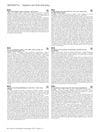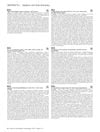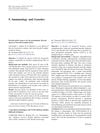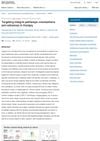Expansion of Bacterial Phosphatidylglycerol Reactive CD4+ T Cells in Atopic Dermatitis
April 2021
in “
Journal of Investigative Dermatology
”
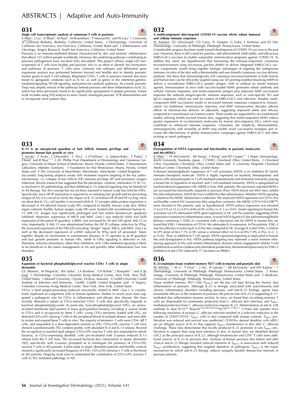
TLDR People with atopic dermatitis have more CD4+ T cells that respond to a certain bacterial lipid, which may play a role in the skin condition's inflammation.
The study identified an increased presence of CD4+ T cells that react to lysyl-phosphatidylglycerol (LPG), a bacterial membrane lipid, in patients with atopic dermatitis (AD) compared to healthy individuals. These T cells, which are restricted by CD1a—a molecule involved in presenting lipid antigens and expressed on Langerhans cells in the skin—exhibited a Th2 cytokine profile, producing high levels of IL-4 and IL-13. The T cells also responded to Staphylococcus aureus, a gram-positive bacterium, suggesting their potential role in the Th2 mediated inflammatory response seen in AD. This finding indicates that CD1a-LPG reactive T cells may contribute to the pathology of AD, and further research is needed to fully understand their function in the disease.
